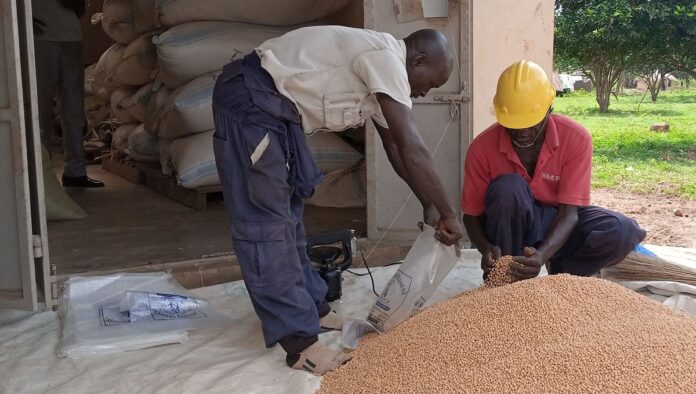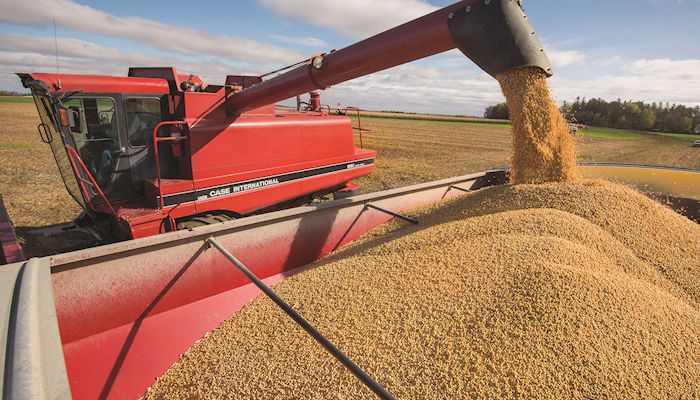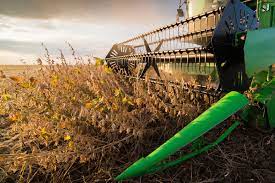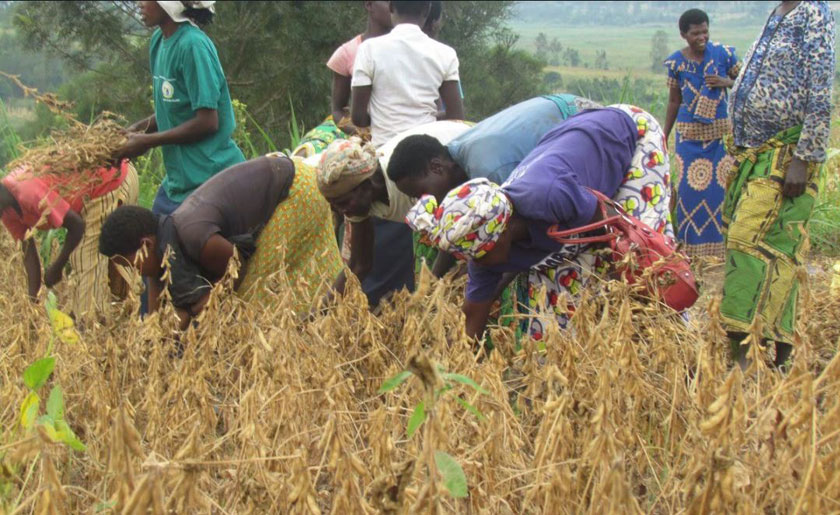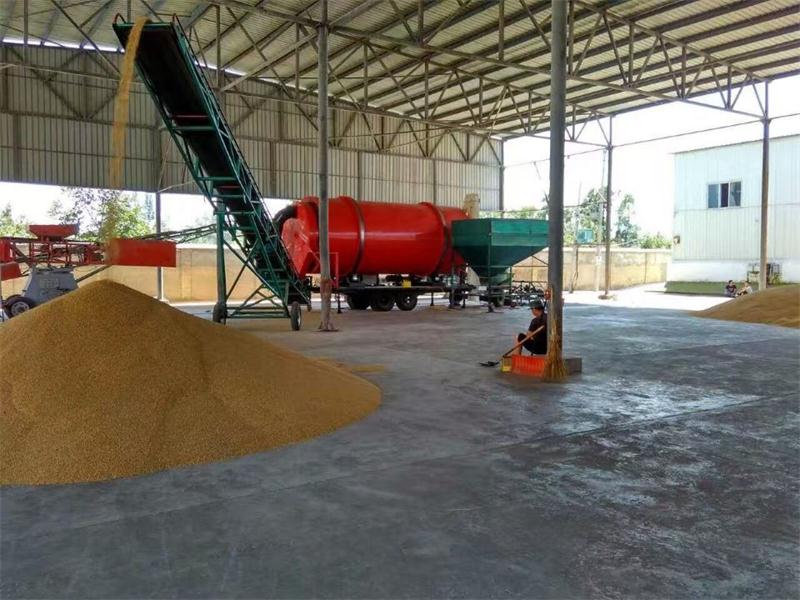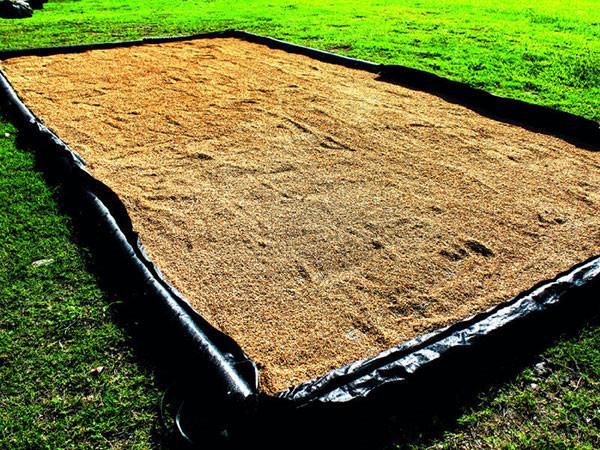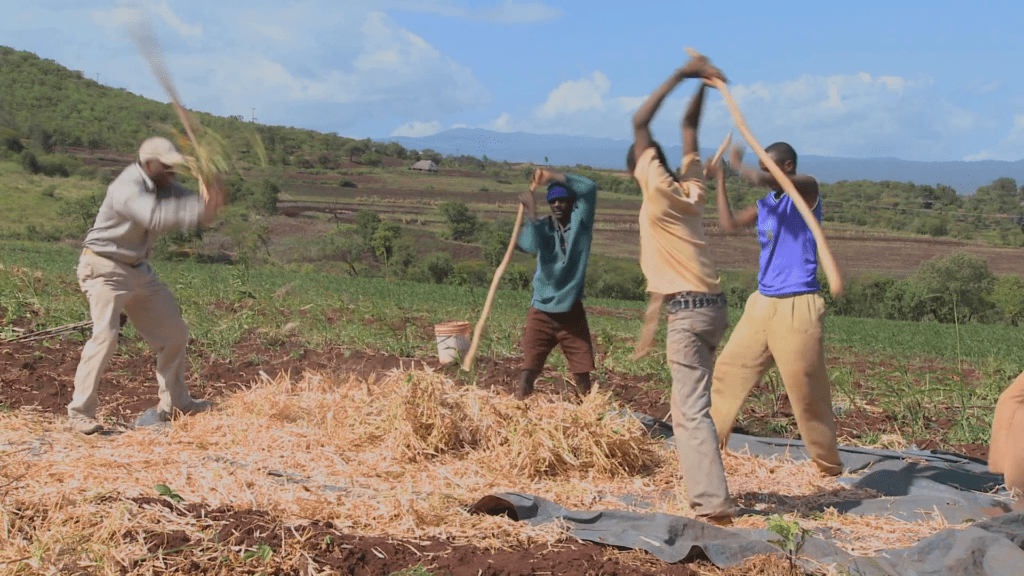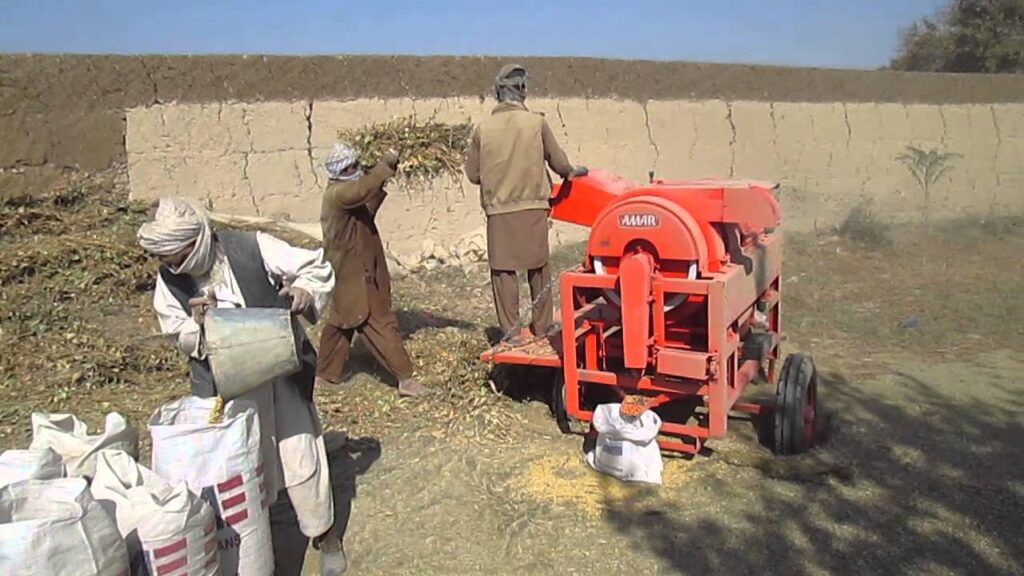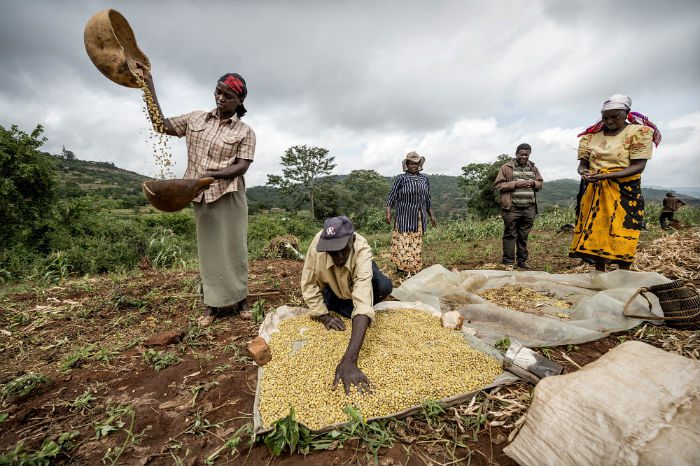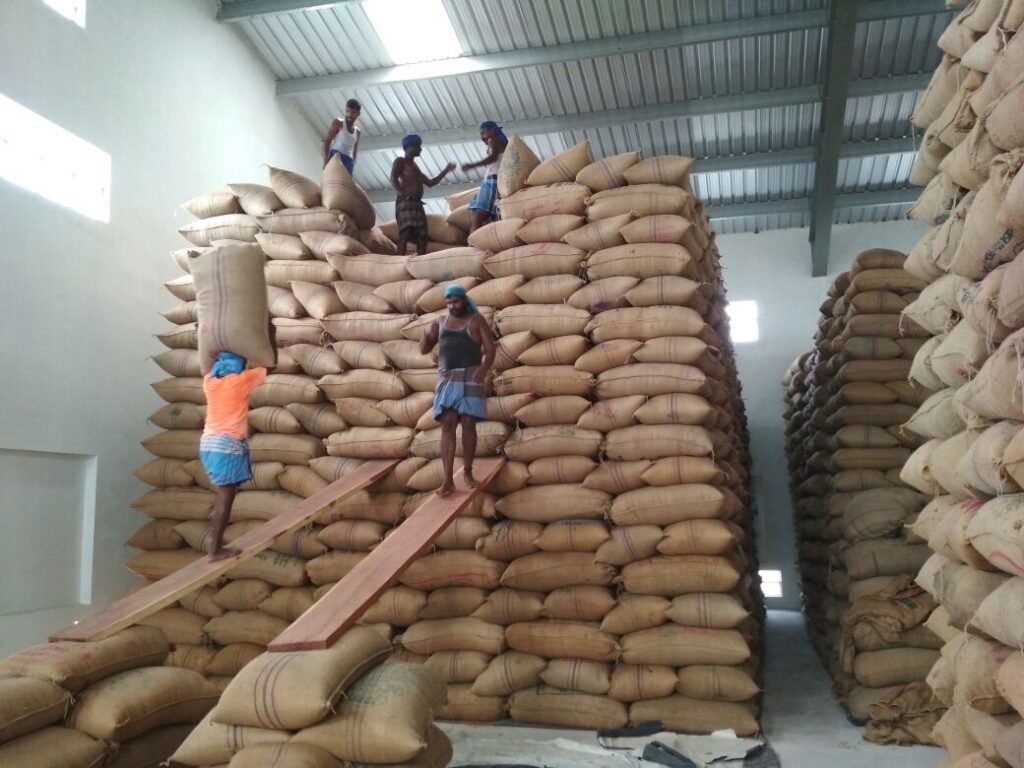Soybean harvesting, storage and marketing remain the next important activities after cultivation.
Until you sell your product, your season is not done.
The soybean farmer’s work is far from over after successfully cultivating soybeans and harvesting them. Sales of the soybeans will mark the end of a successful process for the farmer. Until then, there are a couple more vital activities to undertake to avoid losses in the quantity and quality of soybean.
After harvesting, soybeans go through drying, threshing, winnowing, separation, and grading before you store your soybeans and market them.
Read to the end to find out the details on how to achieve a premium soybean.
Read also: Good Soybean Production: A Comprehensive Farmer’s Guide
Soybean Harvesting and Post-harvest
The processes of harvesting, drying, threshing, winnowing, selection, and grading can all be carried out manually or mechanically. The combine harvester does all these processes at harvest. Using machines for these processes increases efficiency.
Harvesting
Soybean matures within 3-4 months after planting. It requires timely harvesting to check excessive yield loss.
Harvest soybeans when about 85% of the pods have turned brown for a non-shattering variety and 80% for shattering varieties. The leaves start falling and the pods look dry, but harvest them before they dry completely.
Do not harvest by hand pulling. This may remove the nutrients that the soybean has added to the soil. Harvest by cutting the mature plants just above ground level. Harvest in the morning to avoid shattering the pods.
Drying
Stack them loosely on a tarpaulin and allow them to dry in the open for 2 weeks before threshing. Dry soybeans in areas where they get enough dry heat. Avoid rainwater and dew.
Read Also: 11 Highly Improved Soybean Varieties With Amazing Yield and Features
Pods are dry when they easily burst and the beans cannot be easily depressed by a fingernail.
Threshing out
To thresh soybean manually, beat the pods lightly on a mat to shutter the pods and release the beans. You can also put the harvest in a bag and beat lightly. This prevents the beans from spreading out of reach.
Heavy beating can crack or deform the beans, reducing the quality. It may also destroy the embryo and affect germination negatively.
Thresh during the hot periods of the day and when all the pods are completely dry.
Winnowing
After the threshing, the grains must be separated from the chaff.
Winnowing is using the wind to blow away lighter materials from the grains. This can also be achieved using the winnowing machine.
Selection and grading
To further clean the soybean, separate the soybean from soil particles, unopened pods and other foreign materials. Unopen pods can be opened to remove the beans.
Among the grains may also be discoloured, cracked, insect-damaged and diseased beans. Separate the grades to achieve the highest quality soybean and higher price.
The other grades can be utilized for other purposes.
Read Also: 8 Incredible Health Benefits of Soybean, Uses and Side Effects
Why do you have to grade your soybeans?
- To get higher price of the produce and facilitate marketing.
- Reduces the cost of marketing and minimises storage and handling losses.
- It makes it easier to sell your next produce.
Soybean storage
Good storage starts from a good harvest and handling.
Soybeans that are dried and stored properly can stay at their best quality for about 2 to 3 years.
- Store it at the right moisture content.
- Reduce mechanical damage to the beans.
- Use the right sacks.
- Maintain good condition inside and outside the storage space. Prevent the entry of moisture and allow good air circulation from the store house.
- Prevent mice from damaging the beans in the storage area.
Soybean marketing
In the end, the farmer wants to sell the soybeans and make some money. Just before then, there must be marketing. Marketing involves advertising, selling and delivery of products to the buyer.
Tips on marketing soybeans
- Farmers groups can make collective marketing and sales arrangements like aggregation and price determination.
- Quality control and assurance will keep buyers coming back.
- Soybeans are an exportable commodity. Expand your options and look for buyers outside.
- Contract farming is another means of getting your produce ready for market. This involves agreements between a farmer or group of farmers and a buyer. The farmer produces and supplies the products under contract, usually at pre-determined prices. The buyer/aggregator often provides technical advice on production and/or farming inputs, while the farmer commits to produce a specific quantity of a crop grown and delivered in accordance with specific quality standards as stated in the contract.
- Establish linkages with manufacturers and users including beverage manufacturers, poultry farmers, etc.
